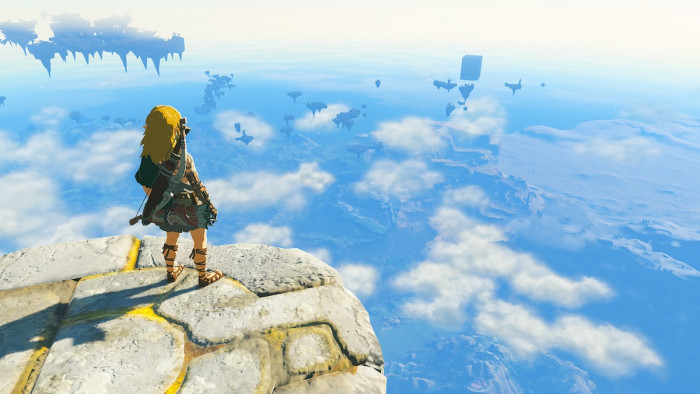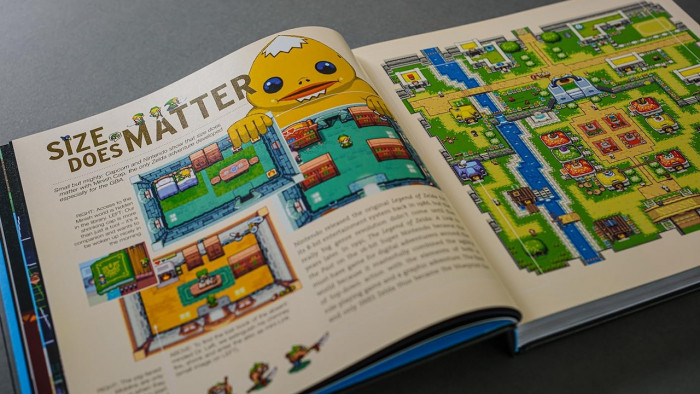Siberia is one of Earth’s most hostile places. ShortList’s Howard Calvert follows in the footsteps of Lara Croft in Rise Of The Tomb Raider and tries to survive
I am staring down an arrow aimed at Russia’s fourth most dangerous animal, the boar. “I’ve had training from one of Russia’s foremost archers,” I think. “Keep my left arm straight, breathe steadily, hold the string lightly, line the sight…”
I am in Siberia. Where exactly, I’m not sure. We landed in Irkutsk, then drove for three hours, reaching a crater-laden off-road trail. Our minibus looks like it would struggle to ascend Wimbledon Hill, let alone traverse the birch forest trails that lie ahead.
Siberia is one of the harshest places on Earth. It’s cold. The annual average is about 0.5C, by January that lurches down to -20C. I’m thankful it’s not January, as November is no Caribbean holiday. I’m here to push myself to my limits and discover if I can survive in this bleak, cold part of the world.
Back to the bus ride: thankfully, I’m wrong about the vehicle’s capabilities. It copes. Although as soon as we leave the road it’s clear its suspension is like Tigger’s legs.
I peer out of the window hoping to catch a glimpse of a brown bear, Russia’s most dangerous animal. Chances are unlikely, says our translator and local resident, Lydia. “I’ve never seen one. One of my friends has been leading tourist expeditions here for 20 years and has not seen a bear.” My anxiousness subsides.
She pauses. “But there are five to 10 bear deaths in Siberia every year.” I ask how to deal with a marauding bear. Just in case. “You need to try to be big,” she says.
“If you have a backpack on, lift it up. And don’t run. It’s important the bear does not take you for an enemy.” I decide to keep my backpack on for the trip’s duration.
The Siberian Times recently reported that bear attacks are on the rise in this part of the world. “In some areas, brown bears are no longer hibernating in winter,” it claimed. “And environmentalists say that the traditional food supply for bears – berries and nuts – is vanishing, due to lack of rainfall and scorching summers, leading to cases of bears scavenging in settlements, or even digging up graves, in a desperate search for food.”
Luckily, “this part of the world” is pretty sizable.

Staying alive
We finally reach our destination. It’s as far from civilization as I’ve ever been. Surrounded by trees, it’s stunning, and not as cold as you might imagine. But my mind is on the task at hand – not dying. There’s a wooden hut with no electricity for us somewhere out there. We just have to get there.
Our expedition leader is Ben Major, a former soldier and TV presenter. He is upbeat about what’s in store. “Where we are now they’ve been blessed because
of the birch and pine forests,” he says. “That is a serious resource for everything from making fires, to brewing birch bark tea, to making medicinal poultices for creating blood coagulants.”
The first task is scaling a 15m-high rock face. Our photographer, Ilya, peers up. “A climber died here years ago. Fell from the top. Whoomp.” He swipes his hand down as if I hadn’t understood.
In his book Deep Survival: Who Lives, Who Dies And Why, Laurence Gonzales says one of the keys to survival is staying cool. “Every culture has its survival rituals, and ours are in Hollywood movies and pulp fiction. The hero stays cool while the villain is ruled by emotion. Then he dies.”
Major reiterates this. “If you are the victim of any unfortunate circumstance, the most important thing is to sit down and take a deep breath. There’s a pneumonic: ‘Stop’: stop, think, organise and plan. Don’t rush around like a headless chicken as you’re likely to cause more problems for yourself.”
Easy. Play it cool. Just like Del Boy…
As I look for a hold, fear breaks through the ice cool, and I think back to Gonzales’ book: “Survivors aren’t fearless. They use fear: they turn it into anger and focus.”
I search for footholds and try to picture myself as Cliffhanger’s Gabe Walker. One of our party loses his footing at the top, slips and is left dangling from the rope. There are gasps, but he’s pulled up to safety and everyone breathes a collective sigh of relief.

End point
Climb conquered, it’s on to find the hut. With zero phone reception, satnav is not an option. We follow winding paths and cross rivers navigating via a basic map and compass. I comfort myself with more advice from Deep Survival: “The rule of thumb is that you can survive three minutes without air, three days without water and three weeks without food.”
“The best advice I give, is always think ‘what if?’, and be prepared,” says Major. “Having close calls now and again enriches the experience. If it were plain sailing, it would be easy.”
Everyone likes a close call? We’ve already had one. As we wind our way through the forest, the sun begins to set as our hut finally comes into view. We stoke up the fire and bed down in our sleeping bags after a vodka nightcap.
I did hit that boar, by the way. Direct shot to the chest. It did not down the beast, as the beast was a plastic model. Still, our instructor called me a “natural huntsman”.
Or, at least, I think her broken English said “natural”.
Rise Of The Tomb Raider is out on 13 November for Xbox One and Xbox 360
(Photography: Ilya Buyanov)
Latest
Related Reviews and Shortlists










